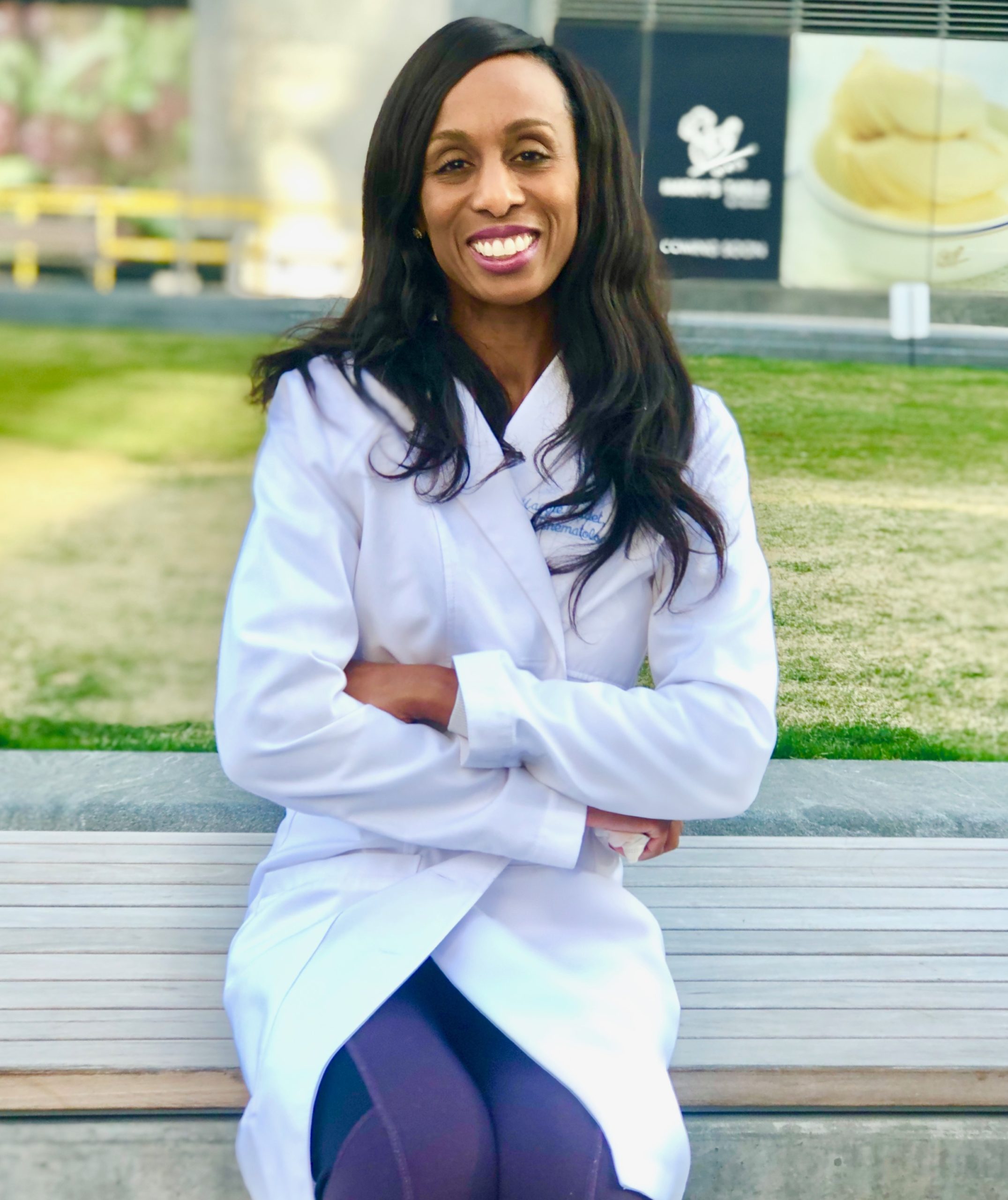Scleroderma is an autoimmune disease that involves the hardening and tightening of the skin, connective tissues, and other organs such as the lungs, kidneys, gastrointestinal system, and heart. This is a result of abnormal and excessive collagen (fibrous protein) production.
Scleroderma affects women more often than men and most commonly occurs between the ages of 30 and 50. It is caused by genetic, environmental, and immune system factors.
TWO TYPES OF SCLERODERMA
1) Localized Scleroderma where the skin is primarily affected and can also involve the muscles, joints and bones but NOT internal organs. The skin can become hard and thick on the arms and legs.
2) Diffuse Systemic Scleroderma is MORE SERIOUS and can involve the different systems in the body as well as blood vessels.
CREST SYNDROME:
This limited form involves:
- Calcinosis -calcified nodules in the skin
- Raynaud’s phenomenon
- Esophageal motility problems
- Skin thickening which is limited to the fingers and toes as well as
- Telangiectasias (prominent blood vessels in the skin)
The serious complication of this disease is elevated blood pressure in the pulmonary artery (Pulmonary Hypertension). The centromere antibody is seen with this form when making a diagnosis.
I first saw this disease as an intern when a young female came into the hospital with hard and contracted fingers, a history of Raynaud, reflux and was found to have severe blood abnormalities and kidney failure or Scleroderma Renal Crisis which is a life threatening complication. She almost died but was started immediately on the right medication and survived.
Some patients with Scleroderma will have Pulmonary Fibrosis or Interstitial Lung Disease.
Individuals can often complain of shortness of breath with exertion which can be a sign of interstitial lung disease which can occur in the first 4 years of diagnosis.
Patients often have Raynaud phenomenon and are found to have abnormal nailfold capillary loops ( seen on exam).
The amount of skin tightening seen can be quantified by a “skin score” where the physician pinches the skin in certain areas of the individual’s body and gives a score of 0 to 3 (very thick).
Skin tightening can occur in the hands, chest/trunk, arms/elbows and face. Some patients are unable to open their mouth wide because of the fibrosis. Sometimes the skin may have areas of depigmentation alternating with darker areas or hyperpigmentation.
Many patients will have disease involving the blood vessels (arteries). Narrowing of the vessel and vasoconstriction can occur and ultimately digital ischemia.
DIAGNOSTIC EVALUATION
- Blood work (ANA antibodies, centromere antibodies, scl-70 antibody, anti-RNA polymerase, Anti-Pm-Scl, Anti U1/3-RNP )
- Pulmonary function test
- Echocardiogram
- Chest Xray or CT scan of the chest
- Esophageal (to show reflux, dilated esophagus, esophageal dysmotility)
- Nailfold capillaroscopy
COMPLICATIONS OF SCLERODERMA
- Scleroderma Renal Crisis (SCC)- Usually associated with diffuse skin disease, use of steroids, and Anti-RNA polymerase antibodies. Many patients with SCC have poor outcomes and under-recognition of these symptoms and signs can lead to permanent dialysis or death.
- Very high Blood pressure (increase >20 mmHG) over usual pressure
- Sudden Renal failure
- Hemolytic anemia or thrombocytopenia (low platelets)
- Malignant high blood pressure with headache, neurologic signs, eye involvement, congestive heart failure
- Interstitial Lung Disease-
- Cyclophosphamide and mycophenolate mofetil are used
- Pulmonary Hypertension- Every patient needs a PFTS, and echo and have pulmonary pressure assessed. Blood flow to the lungs has to be promoted.
- Endothelin receptor antagonists (bosentan)
- Prostacyclin agonists (epoprostenol)
- Phosphodiesterase inhibitors are treatments (Sildenafil)
- Critical Digital ischemia or loss of blood flow to fingers and toes
- Treat with warmth, medications that promote blood flow like calcium channel blockers and prostacyclin, local digital block injection, Botox.
- Sometimes aspirin and blood thinners and antiplatelet therapy are used.
- Scleroderma Intestinal Pseudo Obstruction (males are more at risk)
- Stomach bloating which may become stomach pain
- Weight loss
- Loss of appetite, nausea, vomiting
- Regurgitation
TREATMENT of SCC
- ACE inhibitors every 6 hours.
- Sometimes Angiotensin receptor blockers, calcium channel blockers are used
- Vasodilators like prostacyclin agonists (epoprostenol) and endothelin receptor antagonist (bosentan)
- Plasma exchange if thrombotic microangiopathy or hemolytic uremic syndrome is present
Remember to treat Reflux symptoms, Raynaud symptoms (see my previous blog on this disease), and joint and muscle problems with immunosuppressive therapy. Physical and Occupational therapy referral should be made early in the diagnosis to prevent muscle and joint deconditioning.
References: American College of Rheumatology, Current Diagnosis and Treatment in Rheumatology

